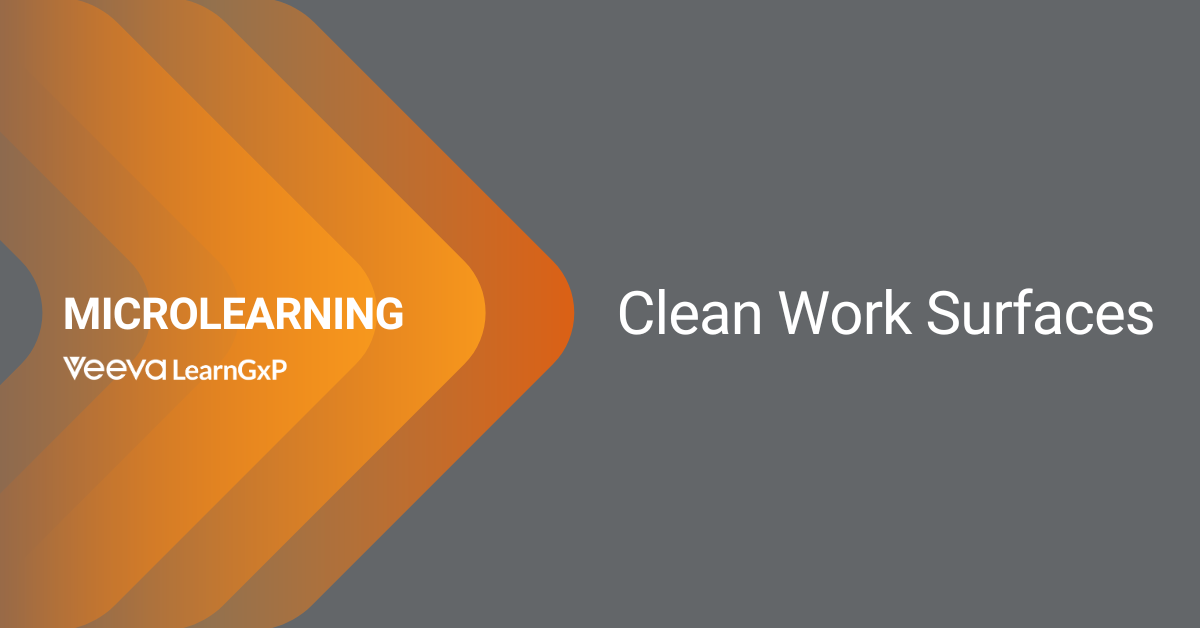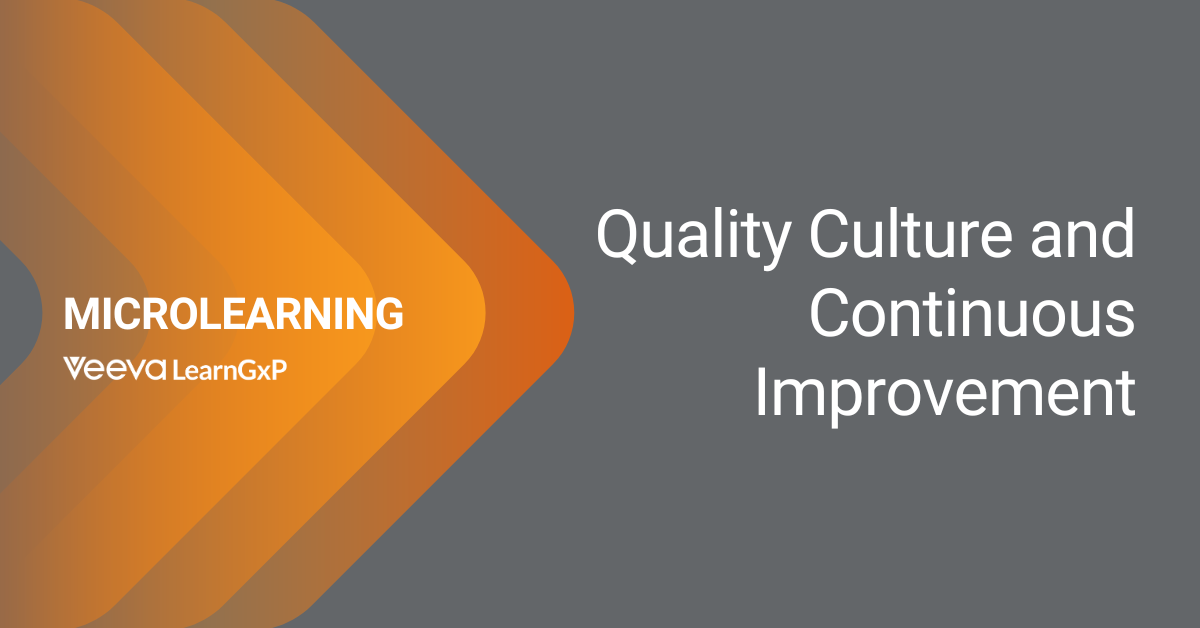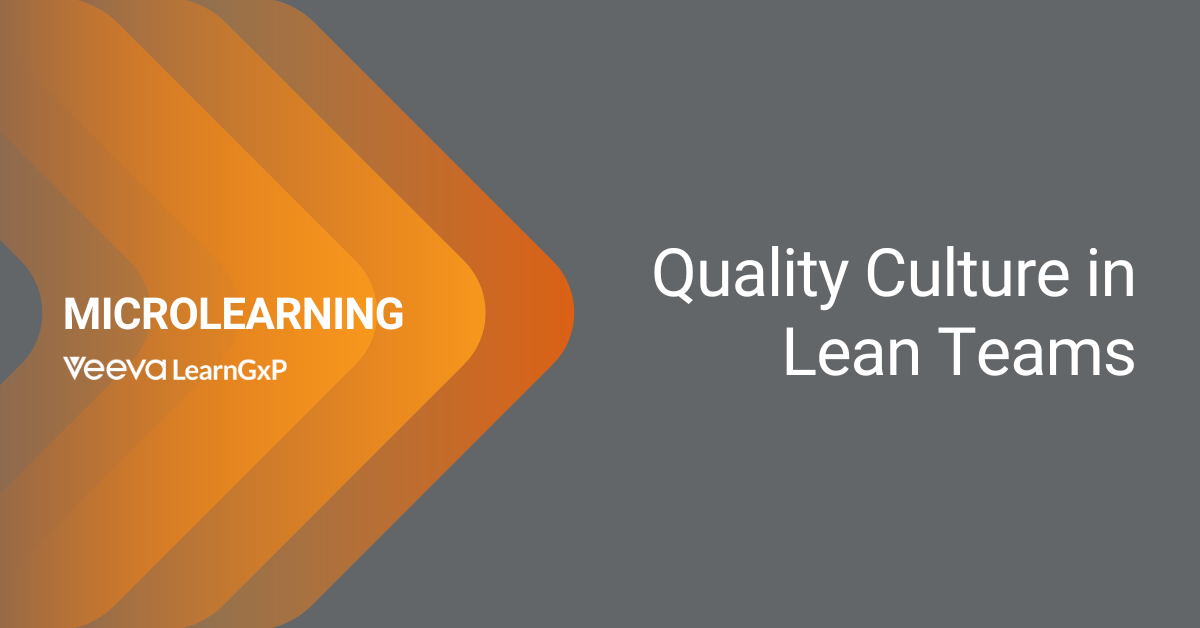1938 – Sulfanilamide, the Elixir of Death
In 1938 a “miracle drug” came into use. It was marketed as a pediatric elixir.
It was a raspberry flavoured solution in a liquid industrial solvent called di-ethylene glycol which is a component of anti-freeze. Generally, an elixir is designated as an alcohol-based product, but this particular formulation included di-ethylene glycol. Upon ingestion, ethylene glycol is metabolized to 2-hydroxyethoxyacetic acid (2-HEAA) and diglycolic acid (DGA) both of which are toxic. The manufacturing company tested the elixir only for its appearance and taste before its nationwide distribution.
204 gallons of this elixir were produced in 1938, leading to 358 poisonings and 107 deaths, with 251 people becoming extremely sick, but surviving.Use of Diethylene glycol has occurred sporadically over the years, resulting in illness and deaths, generally in locations that do not have mature health authority processes.
So, what GMP lessons can we learn from this?
The quality of the raw materials used in the manufacture of APIs and drug products is important to ensure safety and efficacy of the resulting product. “Industrial grade” solvents are not acceptable.Proper quality control and assurance practices should have been established that would have identified the industrial quality solvent and prevented its use . Further, when changes are made in the source and quality of solvents, these should be assessed for their impact on the product including the presence of new impurities.
As a result of this incident, The Food, Drug and Cosmetic act of 1938 was established thus giving the United States Food and Drug Administration (FDA) the authority to act and inspect manufacturing facilities.
Firms were required to demonstrate that drugs were safe and must submit a New Drug Application requesting approval to commercialize the drug in the US. With the continued sporadic repeat of this event, in 2007 the FDA published guidance requiring the testing of glycerin for the presence of di-ethylene glycol.




